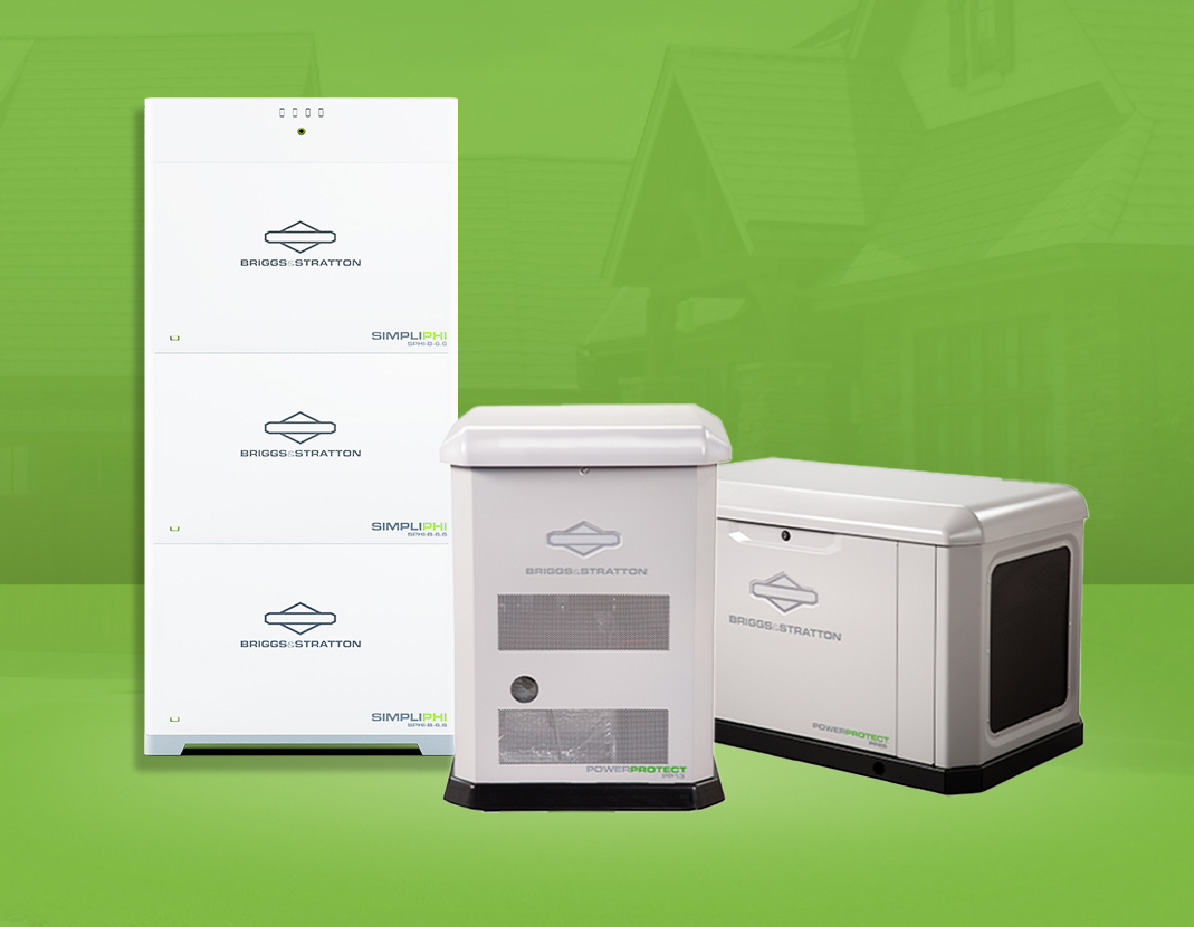Schools across the country are using solar and battery storage to compensate for the lack of funds. Tucked away below the rapidly transforming H Street corridor in Washington D.C., Ludlow-Taylor is a public elementary school that serves nearly 500 children and the surrounding community. An award-winning Blue Ribbon institution, it is a model for other public schools across the nation.
As part of its commitment to supporting and engaging with the community, Ludlow-Taylor installed a 200-kilowatt (kW) solar array in late 2019 to offset its energy needs and save money for the school system by selling clean energy back to the utility. In a school system where funding can quickly be stretched thin, reducing the monthly utility bills could free up scarce resources to be invested in classrooms and school supplies.
But then the COVID-19 pandemic settled in, and everything changed.
Classes were at first canceled, then transitioned to virtual learning experiences as teachers and families worked hard to adjust and accommodate the necessary 'shelter in place' safety measures. But without the daily ritual of students arriving in classrooms, the computer lab buzzing along, and lunches in the cafeteria, the solar panels were generating more power than was being consumed by the school on site.
The excess solar generation quickly became a financial burden. The structure of the net metering agreement with the local utility, Pepco, only allowed a maximum of 30kW of solar power to be sold back to the grid, and the school had almost 90kW in excess solar generation. So, what was initially intended as an investment that could provide the school with significant savings on its monthly electricity bills had become a liability overnight, potentially costing the school money instead of offsetting its utility bills.
To optimize the solar array's return on investment for the school and adhere to the mandated 30 kW export limit—thus preventing system shutdown by Pepco—we engineered a robust 60 kW/129 kWh 768 VDC lithium ferro phosphate (LFP) battery bank. This installation strategically reserves the surplus solar energy, which is then channeled to the Community Renewable Energy Facility (CREF). The integration of Briggs & Stratton's high-voltage PHI™ battery bank with the 200 kW solar array delivers dual advantages: it serves as a boon for both the school and the adjacent community by producing ample clean energy and yielding immediate cost savings.
We partnered with Heila Technologies to provide control, aggregation, and optimization of the distributed energy resources (DERs) on behalf of New Partners Community Solar to deploy the system and provide reliable and cost-effective sustainable energy.
The specific system requirements and necessary operational capabilities were developed by the expert consultants at Amidus, working alongside SUNCATCH ENERGY, the EPC installing the high voltage storage system, and our application engineers.
Pepco also uses the excess energy generated and stored in the Briggs & Stratton batteries to provide additional capacity for the low-income community that surrounds Ludlow-Taylor as part of Solar for All, a program of D.C.'s Department of Energy and Environment. According to the Department of Energy, more than 65% of low-income households face a high energy burden, and more than 30% of all households experience some form of energy insecurity.
With the addition of an intelligent energy storage system to the existing solar array, Ludlow-Taylor can now power itself with clean energy, support the surrounding community, achieve significant cost reductions to free up critical funding for school resources, and ensure resilient operations in case of power outages.
New Partners has also collaborated with Ludlow-Taylor to create an educational curriculum focused on sustainability, renewable energy, and the environmental and health advantages of solar power. This program uses Ludlow-Taylor's solar installation as a practical learning model to educate both children and community members.
Across the U.S., low-income households face a disproportionately higher energy burden, defined as the percentage of gross household income spent on energy costs. The national average energy burden for low-income households is 8.6%, three times higher than for non-low-income households, according to the Department of Energy.
While there is a greater opportunity for energy and cost savings for these households, low-income communities face barriers to accessing energy technologies that help make energy more affordable, such as solar photovoltaic (PV) and battery systems. Together with New Partners Community Solar, we have been tackling these challenges, working to bring solar capabilities to these communities—like the Washington, D.C. neighborhood surrounding Ludlow-Taylor—that need it most.
Briggs & Stratton Energy Storage Systems deliver safe, reliable, and scalable energy storage that can solve a wide range of energy, cost, and resilience challenges. Whether complementing a renewable energy installation or as a standalone system, homes, businesses, and institutions can take advantage of the clear economic and sustainability benefits of deploying energy storage.

Ready to experience true energy independence?
Request a consultation with a Briggs & Stratton dealer or installer near you by clicking the button below.




